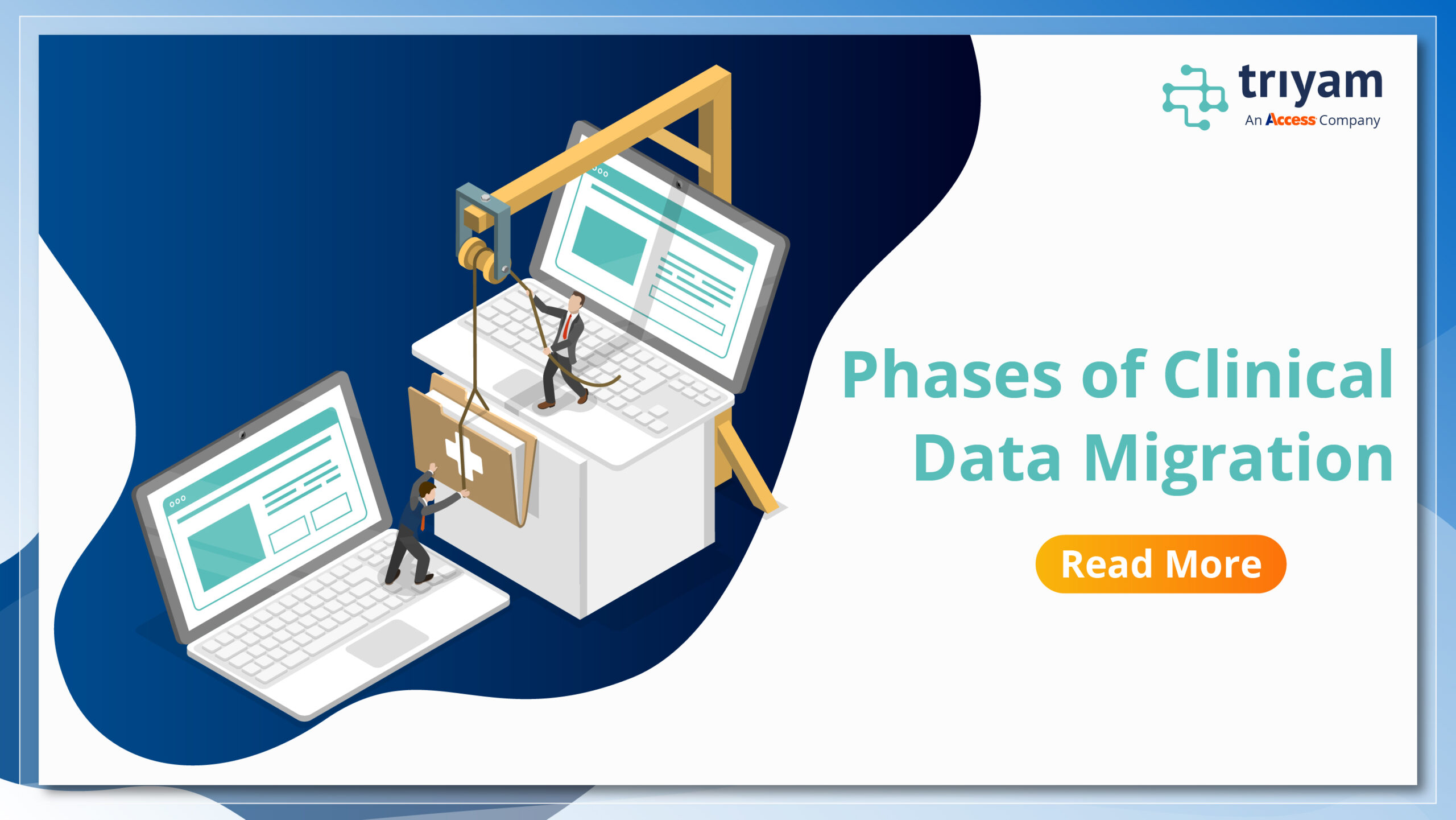Did you know? According to a 2023 survey by Health IT News, nearly 30% of healthcare organizations cited poor data mapping as one of the top challenges during clinical data migration.
Clinical data migration involves the process of transferring clinical trial data, patient records, and other healthcare-related information from one system to another. It is critical in ensuring that medical data remains accurate, secure, and accessible across different platforms or as part of a larger organizational digital transformation. As healthcare organizations are upgrading with innovative health tech, the EHR data migration has become a common yet complex challenge.
Read on to find thorough insights into each step, challenges, and the tools or strategies involved for a successful migration.
1. Pre-Migration Planning and Assessment
Detailed planning is the foundation of data migration services. Before migrating clinical data, it’s essential to assess the existing systems, data, and migration needs.
· Data Assessment: Evaluate the type and volume of data that needs to be migrated, including patient records, clinical trial data, and other sensitive medical data.
· Data Quality Review: Assess data for quality, consistency, and completeness. Poor quality data can lead to significant issues post-migration.
· Compliance and Legal Considerations: Ensure compliance with regulations such as HIPAA (Health Insurance Portability and Accountability Act) or GDPR (General Data Protection Regulation) for patient data privacy and security.
· Choosing the Right Migration Tools: Selecting the appropriate tools and technologies is crucial. Cloud-based solutions, specialized software, and integration platforms may all play roles in the migration process.
Why is planning so crucial? Incomplete or improper planning can lead to data loss, system downtimes, or compliance violations, all of which can significantly impact patient care and organizational operations.
2. Data Mapping and Transformation
Once the data has been assessed, the next step is to map the data from the source system to the target system. This phase is vital in ensuring that data is properly aligned and usable once it has been transferred.
· Data Mapping: Identify where each data element from the old system will reside in the new system – patient identifiers, treatment regimens and trial results.
· Data Transformation: Clinical data often comes in different formats and structures. Data transformation ensures that the information is compatible with the new system’s requirements.
· Ensuring Data Integrity: During the mapping and transformation process, it’s essential to ensure that the integrity of the data is maintained, without altering or corrupting the original information.
3. Data Migration Execution
At this stage, the actual migration of data occurs. The data is transferred from the source system to the destination system in a manner that ensures minimal disruption.
· Initial Migration Testing: Before migration, test the process with a small data subset to ensure the system can handle the load, and the mapping is accurate.
· Full-Scale Migration: After successful testing, move the entire dataset. This phase requires precision to avoid downtime and data loss.
· Monitoring and Validation: Throughout the migration, it’s essential to monitor the process in real-time to identify and address any issues promptly.
What happens if the migration fails? Migration failure can result in lost clinical data, compromising patient safety, regulatory compliance, and financial and reputational integrity.
4. Post-Migration Validation and Testing
Once the data has been successfully migrated, validating the integrity, accuracy, and functionality of the data is critical.
· Data Validation: Confirm that all data has been accurately transferred, and that the new system is functioning as expected.
· System Testing: Test the overall system performance to ensure it supports the workflows, applications, and user needs.
· End-User Training: Train healthcare professionals and staff on the new system. This ensures that they can operate the new platform effectively and take full advantage of its capabilities.
How important is post-migration validation? According to a study by HIMSS (Healthcare Information and Management Systems Society), 35% of healthcare organizations reported that post-migration errors were their biggest hurdle when adopting new EHR (Electronic Health Record) systems.
5. Ongoing Monitoring and Optimization
Continuous monitoring and system optimization are necessary to ensure the new system is operating effectively now.
· Monitoring System Performance: Keep track of system performance to identify and resolve potential issues like slow processing speeds or data discrepancies.
· Continuous Improvement: Adjust as needed to optimize workflows, improve data quality, and enhance user satisfaction.
· Backup and Recovery Plans: Ensure regular backups are performed and a disaster recovery plan is in place to address any future issues.
Clinical data migration is a multi-step process that requires careful planning, testing, and validation. Make the informed decision, revamp your clinical data migration.

